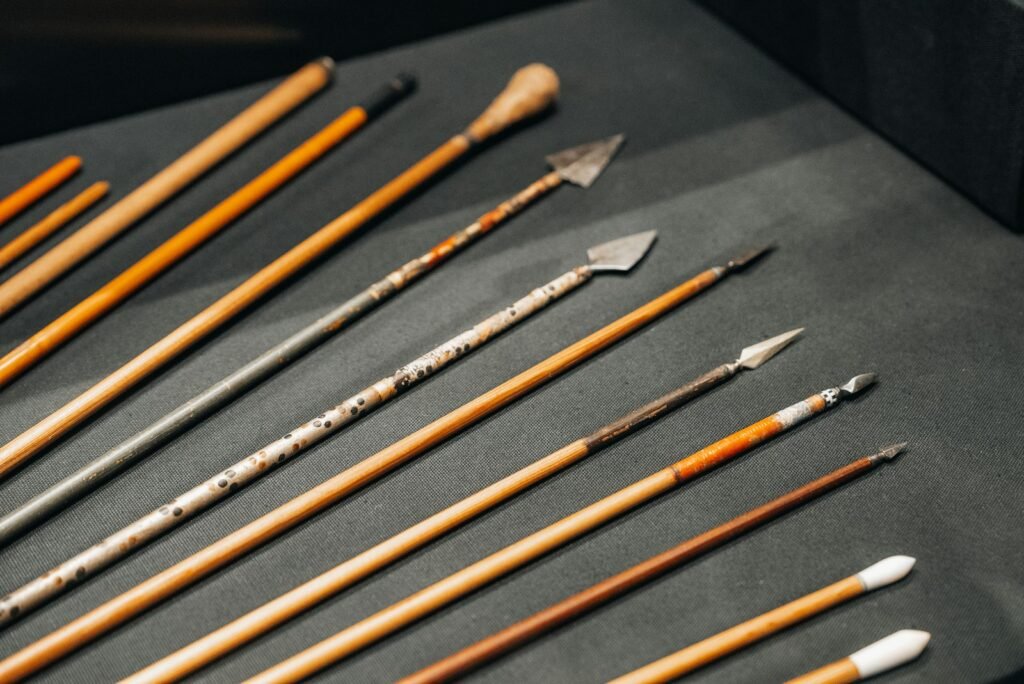Deep in the Caucasus Mountains, a cave has yielded a discovery that shatters long-held assumptions about Neanderthals. A 9-centimeter (3.5-inch) spear tip, carved from the leg bone of a bison and hardened in fire, has been dated to 70,000–80,000 years ago making it the oldest bone weapon ever found in Europe. But what’s truly groundbreaking? Neanderthals made it.
For decades, researchers thought that creating specific bone tools especially aerodynamic hunting weapons was only a talent unique to Homo sapiens. Discovering this relic in Mezmaiskaya Cave in Russia, turns that story upside down. Deliberate shaping, fire-hardening, even tar adhesive to haft it to a wooden shaft reveals a degree of sophistication once thought impossible for Neanderthals in microcosmic analysis. The consequences are astounding. Did Neanderthal separately create sophisticated weaponry? If so, what else have we undervalued about them?
A Forgotten Artifact Resurfaces
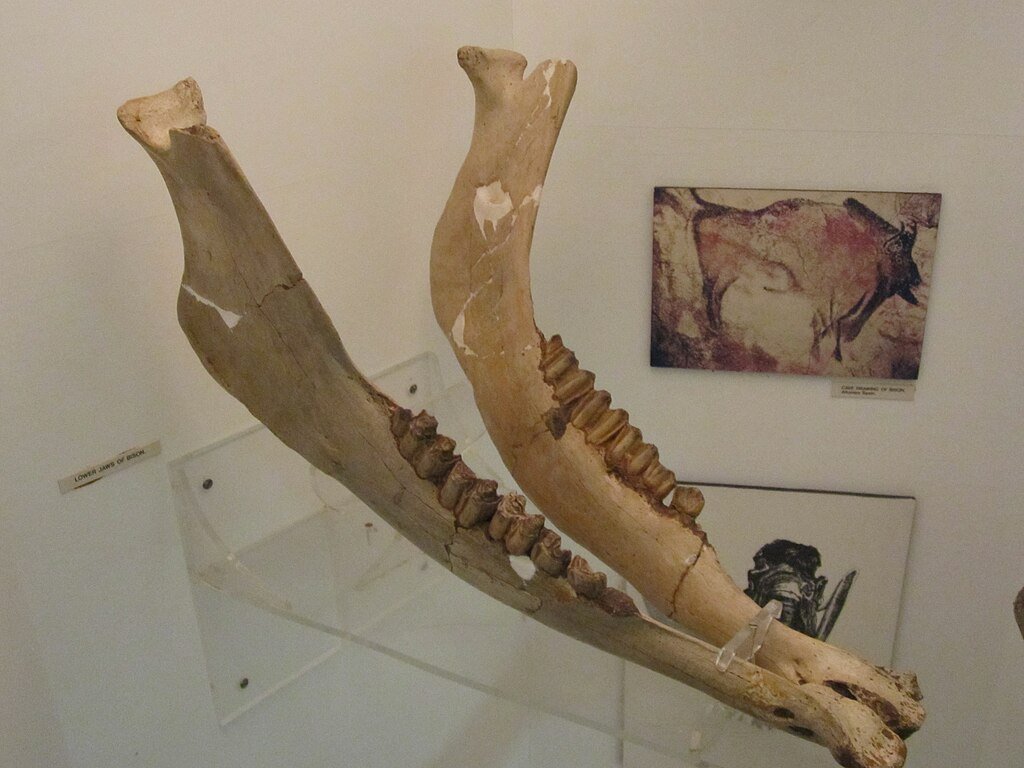
The tale of the spear tip starts in 2003 when archaeologists sifting Mezmaiskaya Cave’s layers of sediment discovered it tucked among animal bones, flint trash, and hearth remnants. It was listed and kept at the time, its importance disregarded. Two decades later, advanced imaging methods revealed its secrets including spectroscopy, computed tomography (CT), and microscopy.
- Source: Cortical bone selected for density and strength from a bison’s leg.
- Using stone tools, scrape smooth surfaces; subsequently, fire-hardened for longevity.
- Hafting: Traces of bitumen (tar), proof of composite tool construction, a method once ascribed just to modern humans.
The age of the artifact puts it 25,000 years before Homo sapiens arrived in Europe, so silencing claims that Neanderthals adopted human technologies. This was “a nascent but independent innovation,” lead researcher Liubov Golovanova notes.
Engineering a Killing Tool

Not a crude stabbing weapon here. The symmetrical, conical, lightweight design of the spear points to it as a projectile probably thrown at prey. Important forensics hints:
- Impact fractures: Micro-cracks at the tip match damage from high-velocity strikes.
- Repair attempts: Grinding marks indicate a Neanderthal tried to salvage the weapon after it cracked proof of resourcefulness.
- Aerodynamics: Parallel grooves suggest shaping for stable flight, akin to later human spears.
Nearby animal bones (deer, bison, goats) hint at the weapon’s success. Yet its fragility implies it broke early, perhaps mid-hunt. “It was a high-risk, high-reward technology,” says archaeologist Justin Bradfield.
Why Bone? The Neanderthal Advantage
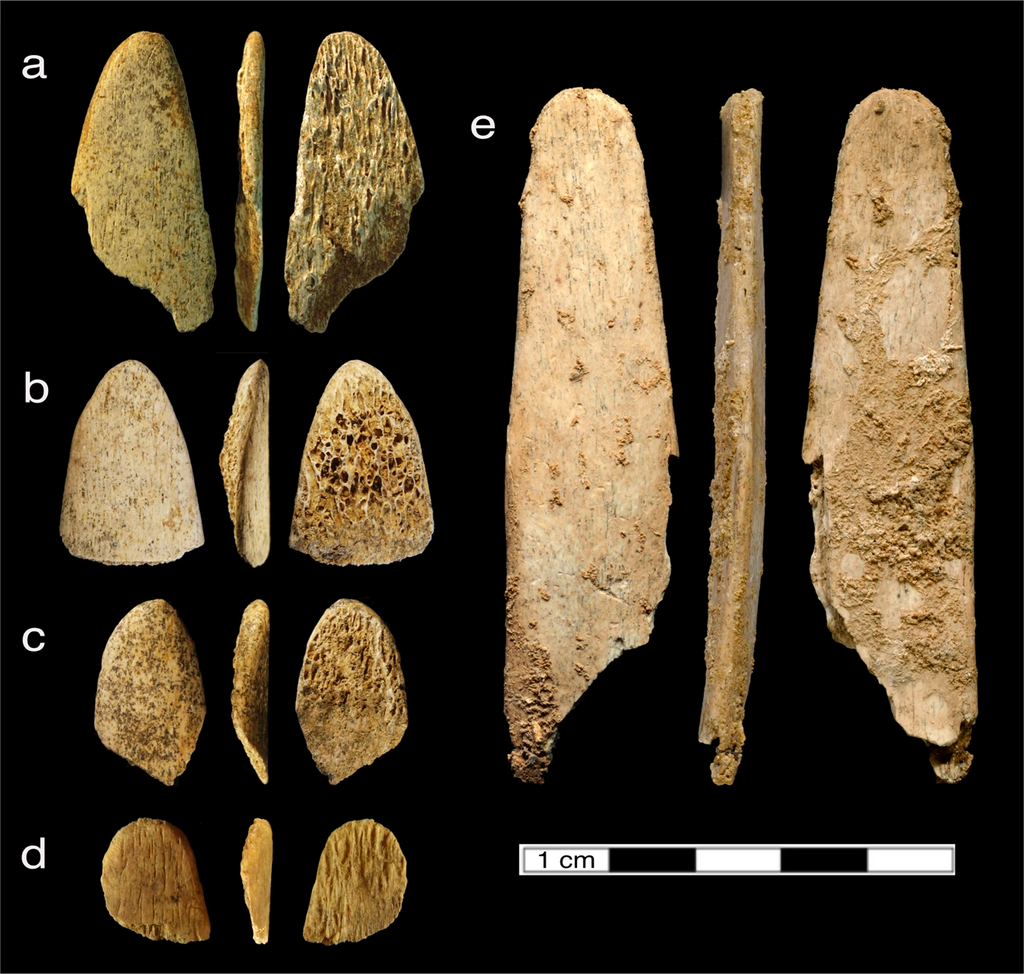
Stone tools dominate Neanderthal sites, but bone offers unique perks:
- Sharper edges: Bone can be ground to a finer point than flint.
- Flexibility: Less prone to shattering on impact.
- Stealth: Unlike clattering stone, bone weapons may have been quieter for ambush hunting.
Yet bone rarely survives millennia. This spear’s preservation in a limestone cave was a fluke raising a tantalizing question: How many more bone tools have turned to dust?.
The Tar Mystery: Neanderthal Chemistry
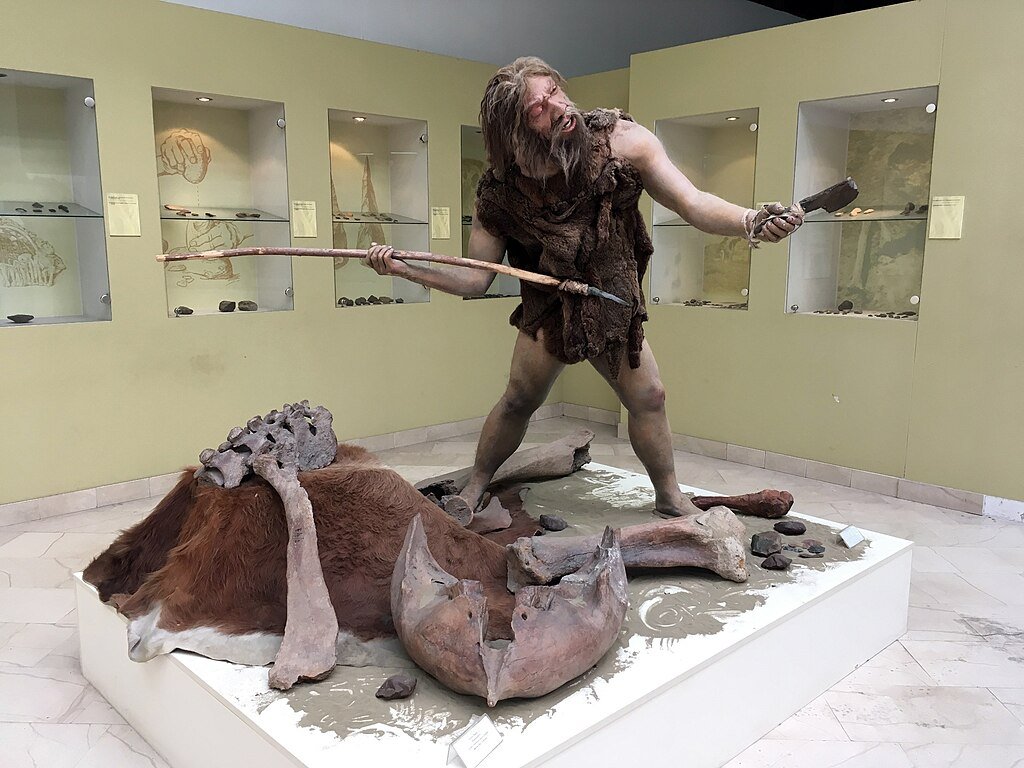
The most amazing detail is maybe the bitumen residue. Making tar calls for carefully heated birch bark, a process requiring exact temperature control. Earlier discoveries in Germany show Neanderthals were 50,000 years experts.
- Tar ties bone to wood to produce a stronger, reusable weapon.
- Implication: Long before present humans arrived, Neanderthals knew material science.
A Cave That Was a Workshop
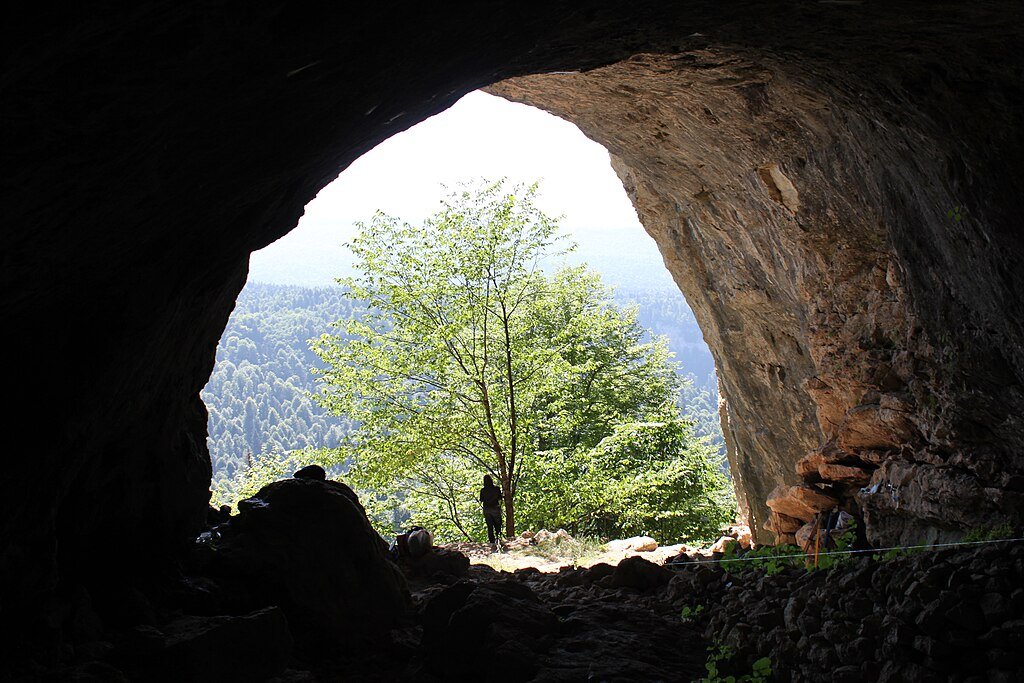
Mezmaiskaya was a Neanderthal workshop not only a refuge. The spear tip rested close to a hearth, next to:
- Butchered bones: Cut marks show meat handling.
- Stone tools include knives and flint scrapers.
- Flint knapping trash, evidence of onsite tool manufacture.
Generations of Neanderthals gathered here, creating tools, cooking food, and passing on knowledge as a center of culture.
Rewriting Human Evolution
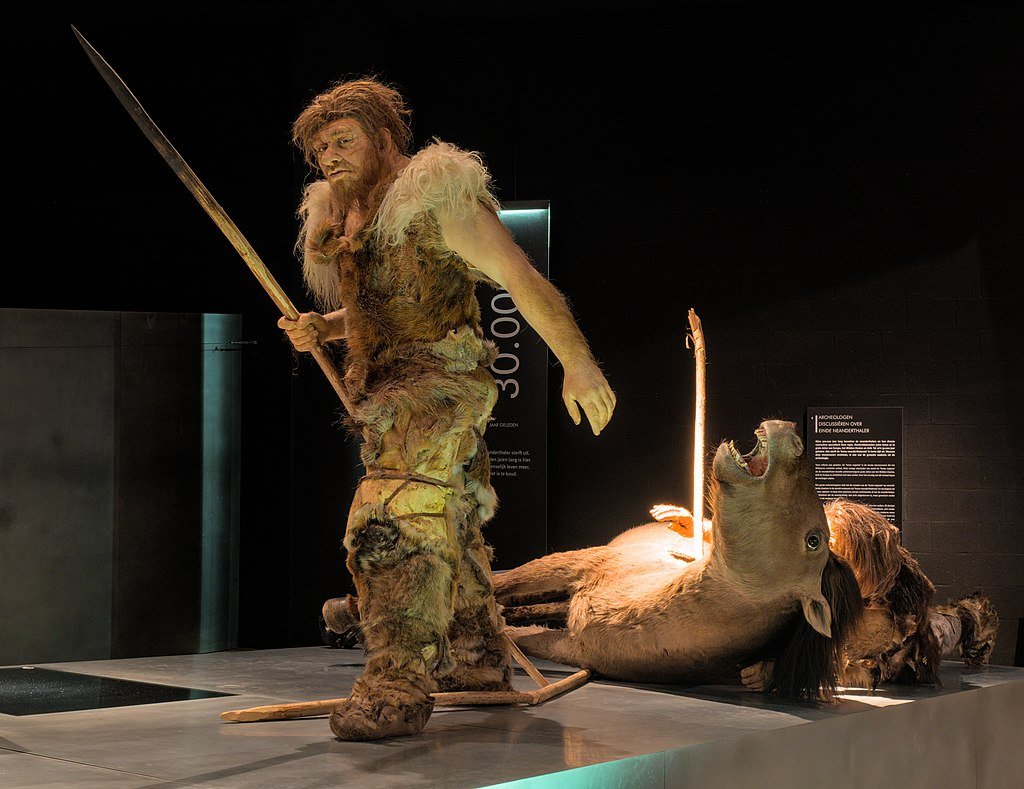
The discovery forces a reckoning. If Neanderthals could:
- Invent bone weapons without human influence.
- Engineer adhesives for composite tools.
- Repair and refine their technology.
then their cognitive abilities rivaled Homo sapiens’. As archaeologist Shannon McPherron argues, “This isn’t mimicry. It’s the convergent evolution of intelligence”.
Still, secrets remain. Why did not bone tools multiply? Was this a locally innovative idea? Future diggers may reveal. Currently, this spear tip is a lonely wonder evidence that Neanderthals were far more than just brutes. Their legacy carved in one delicate bone were inventors, hunters, and engineers.
Final Thought
The Mezmaiskaya spear isn’t just an artifact; it’s a time capsule from a species we’ve long misjudged. As Golovanova’s team concludes: “Neanderthals were not just surviving. They were innovating.” And with every find, their story grows richer.
Sources:

Suhail Ahmed is a passionate digital professional and nature enthusiast with over 8 years of experience in content strategy, SEO, web development, and digital operations. Alongside his freelance journey, Suhail actively contributes to nature and wildlife platforms like Discover Wildlife, where he channels his curiosity for the planet into engaging, educational storytelling.
With a strong background in managing digital ecosystems — from ecommerce stores and WordPress websites to social media and automation — Suhail merges technical precision with creative insight. His content reflects a rare balance: SEO-friendly yet deeply human, data-informed yet emotionally resonant.
Driven by a love for discovery and storytelling, Suhail believes in using digital platforms to amplify causes that matter — especially those protecting Earth’s biodiversity and inspiring sustainable living. Whether he’s managing online projects or crafting wildlife content, his goal remains the same: to inform, inspire, and leave a positive digital footprint.

